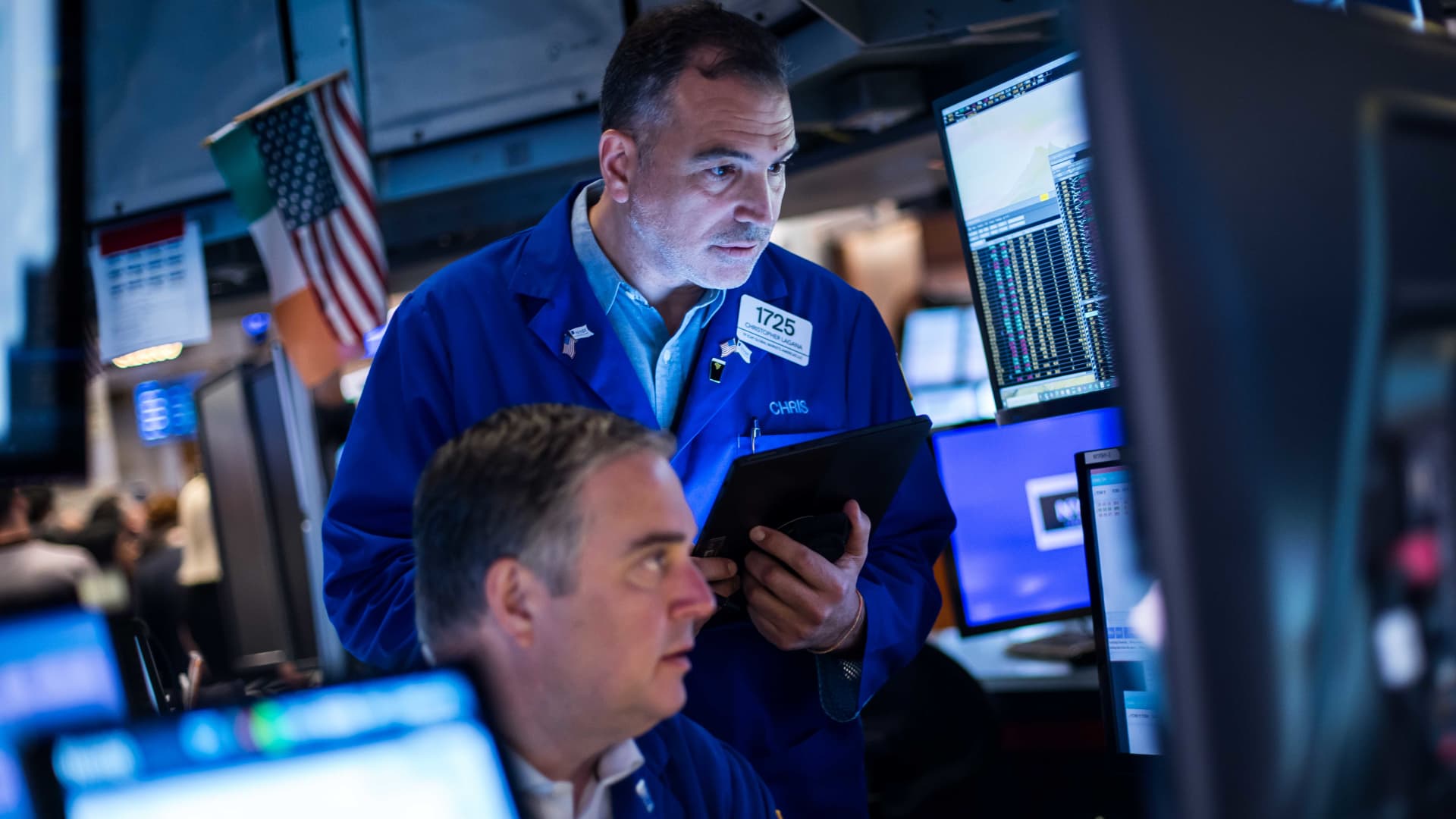The Impact of AI Investments Amid Geopolitical Market Volatility
Artificial intelligence (AI) continues to command the spotlight in the corporate and investment worlds, even amid the turbulence triggered by geopolitical conflicts such as the Israel-Iran clashes. The original content highlights Meta’s significant $14.3 billion investment in AI startup Scale AI, which, despite its scale and strategic value, did not prevent its shares from falling during the broader market selloff. This scenario presents a compelling opportunity to explore the dynamics of AI investments in volatile market contexts.
AI as a Beacon Amid Uncertainty
Amid geopolitical unrest, investors often shift toward “flight to safety” assets, typically shying away from growth-oriented, high-valuation technology stocks, including many AI-focused companies. Yet, AI remains a transformative force across industries, promising long-term structural shifts rather than short-term gains alone.
Meta’s sizeable commitment to AI reflects the imperative for tech giants to anchor future growth around cutting-edge technologies. Such investments signify confidence in AI’s ability to redefine competitive advantages in sectors ranging from social media to cloud computing and autonomous systems.
Market Psychology and the AI Investment Paradox
The paradox here is evident: while AI investments symbolize innovation and opportunity, geopolitical uncertainty invites risk aversion, leading to share price declines even for companies aggressively expanding in AI. This tension underscores the dual role AI plays—as both a beacon of future prosperity and a short-term source of market vulnerability during crisis periods.
Investors must grapple with separating fundamental value derived from AI’s disruptive potential from immediate market sentiment driven by external shocks. This separation is crucial for portfolio construction and risk management, especially for those inclined to capitalize on AI’s long-term promise.
Supply Chain and Demand Uncertainties Linked to AI
Companies like Nvidia, whose semiconductor chips underpin AI hardware, experience direct impacts from geopolitical tensions. Supply chain disruptions and alterations in demand projections ripple through their valuations. This connectivity highlights how geopolitical crises complicate the financial outlook for AI-centric firms beyond purely technological considerations.
The risk extends to delayed AI project rollouts, constrained innovation cycles, and reallocation of corporate capital toward defensive positions—factors that can stall AI-driven growth trajectories in the near term.
Strategic Recommendations for Investors
Conclusion: AI Investments in a New Risk Landscape
The Israel-Iran conflict exposes how geopolitical crises can shroud even high-promise sectors like AI in market uncertainty. Despite short-term selloffs driven by risk aversion, aggressive AI investments remain key signals of forward-looking corporate strategies.
Navigating this landscape requires blending optimism about AI’s transformative impact with prudence against geopolitical risks. Investors who calibrate their strategies to these dual realities stand a better chance of capturing AI’s growth while safeguarding against volatile market swings.
Ultimately, AI sits at the intersection of innovation and instability—its future bright but inseparable from the complex global forces shaping today’s markets.

